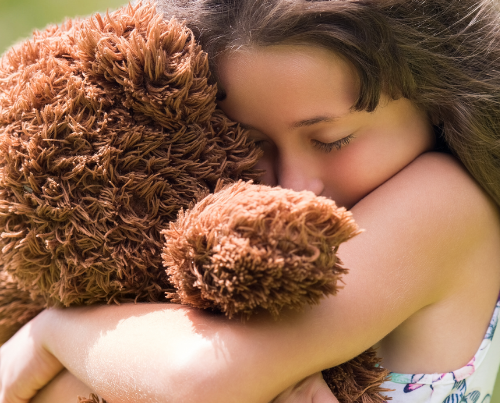For years, when people heard about domestic violence, the common assumption was that men were the abusers and women the victims. However, that’s not always the case, as growing awareness has been focused on relationships in which men are the victims of violence.
It’s been widely reported that one in four women is or has been the victim of domestic abuse, but it’s not as well known that one in seven men has experienced physical violence at the hands of an intimate partner. In addition, two in five men have experienced what’s known as coercive control — which can include being isolated from friends and family, economic control, threats, blackmail, and other factors — by an intimate partner.
The National Violence Against Women Survey has reported that more than 830,000 American men are victims of domestic violence every year, and the National Intimate Partner and Sexual Violence Survey reports one in seven men have experienced severe physical violence by an intimate partner during their lifetime.
Those of us who are involved in efforts to bring an end to domestic violence understand that it’s a problem that isn’t specific to one gender. “We cannot effectively address domestic violence unless we serve all survivors,” notes Laura Berry, Executive Director at the Indiana Coalition Against Domestic Violence. She adds, “Abused men face shortages of resources, skepticism from police, community supports, family and face major legal obstacles.”
For years, victim advocates have assured women in abusive relationships that they’re not alone. We need to do the same for the many men who have been victims, especially because men are much more likely to be embarrassed by the situation. Male victims are afraid to report the situations out of fear that nobody would believe them, worries that people will make fun of them for letting a woman “push them around,” or that law enforcement would assume that since they’re the men, they must be the abusers.
It’s also important to remember that domestic abuse doesn’t have to be physical. Emotional, verbal, financial, and sexual abuse may have just as great an impact. Female abusers may engage in behavior that includes publicly criticizing or humiliating victims; withholding affection and approval as a form of punishment; insisting that the male is being unfaithful; taking away money and car keys; making false police reports; and threatening to hide or take the couple’s children away.
Beside embarrassment, men are less likely to seek help out of a desire to protect their children and a fear they will lose them. They may have a more difficult time convincing authorities they are being abused. Resources for male abuse victims are also less publicized. That’s why Sheltering Wings is joining other domestic violence organizations to call attention to the problem and make sure men know help is available for them.



